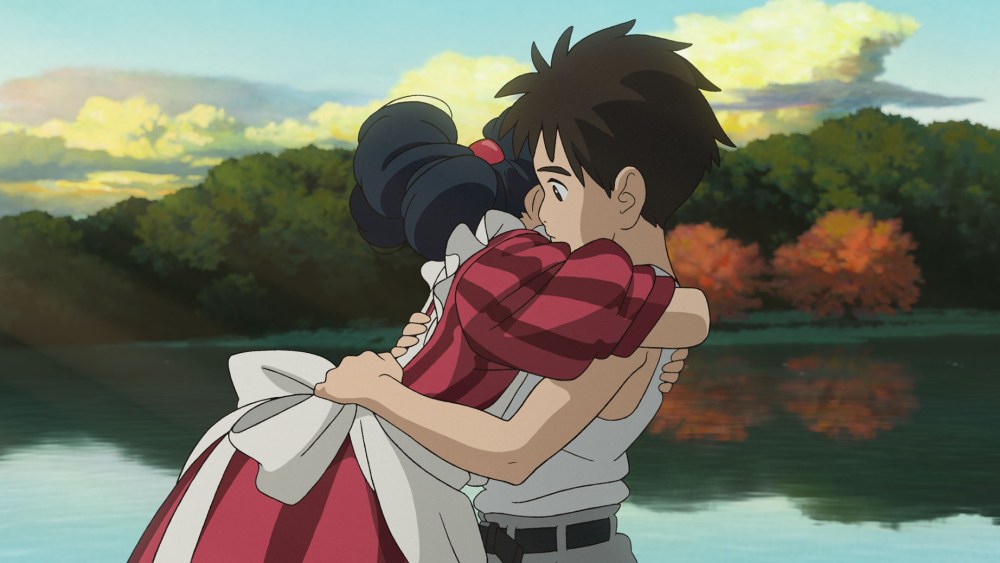With their nearly 40-year history, one would think Hayao Miyazaki could no longer surprise composer Joe Hisaishi. However, the Japanese animation master did just that when he introduced “The Boy and the Heron” to his longtime musical collaborator.
It wasn’t because Miyazaki was coming out of retirement (once again). Rather, it was how the Studio Ghibli co-founder presented the film to Hisaishi.
“The most important part of the process of composing a film is meeting up with the director and trying to decide where the music should be going in which part of the scenes,” Hisaishi tells Variety, via an interpreter. “But he skipped all of those meetings. We had none whatsoever.”
Hisaishi had no access to the storyboards or artwork, and instead watched a nearly complete version of the film in July of 2022. Miyazaki simply told him: “I leave it all up to you.”
“It was a very different approach from our previous collaborations,” Hisaishi recalls. “He wanted me to watch the movie with no prior knowledge or bias or judgment.”
Hisaishi is the composer behind every Miyazaki feature since the 1984 post-apocalyptic anime film “Nausicaä of the Valley of the Wind.” Despite their decades-long partnership, Hisaishi says he and Miyazaki have a strictly professional relationship, noting that they “don’t go to dinner together or anything like that.”
Even so, the composer did incorporate something a tad personal in the “Boy and the Heron” score: A short tune he gifted to Miyazaki and the Ghibli Museum on the director’s birthday (Jan. 5) evolved into the film’s main theme, titled “Ask Me Why.”
“The piano that I played was really central to the score,” Hisaishi says of “Ask Me Why,” which appears three times in the film.
Coincidentally, our interview occurred on Dec. 6: Hisaishi’s birthday. He says over the years, Miyazaki has given him birthday gifts, too.
“Once in a while, he would give me a celebratory sketch,” Hisaishi says with a smile.
Set in Japan during World War II, “The Boy and the Heron” follows 11-year-old Mahito, who, after losing his mother in a fire, moves into an old mansion in the countryside with his father. There, Mahito encounters a gray heron, who lures him into a surreal realm where the living and the dead coexist.
Hisaishi created minimalist compositions for “The Boy and the Heron” by using only traditional instruments found in a symphony orchestra. In the first half of the film, Hisaishi relies heavily on the piano and a few string instruments to capture the essence of the Japanese countryside. When Mahito enters an abandoned tower and descends into the magical world, the score becomes larger and more whimsical to complement the dreamlike settings.
“It’s not as cheerful as previous Miyazaki films, but it is very colorful and big,” Hisaishi explains. “In the end, though, I did want to make the whole [film], thematically, very consistent and uniform.”
While the film has an eclectic cast of characters, including a human-like parakeet king and a shapeshifting man-heron hybrid, Hisaishi didn’t compose any distinct melodies for them.
“I don’t write music for the characters,” he says. “I really write the music according to the world that Mr. Miyazaki built.”
“The Boy and the Heron” has been touted as Miyazaki’s final film, though the same was said about 1997’s “Princess Mononoke,” 2001’s “Spirited Away” and 2013’s “The Wind Rises.” Hisaishi laughs thinking about the legendary filmmaker’s failed attempts at retiring.
“This is a completely personal opinion of mine, but I don’t think it’s his final film.”

